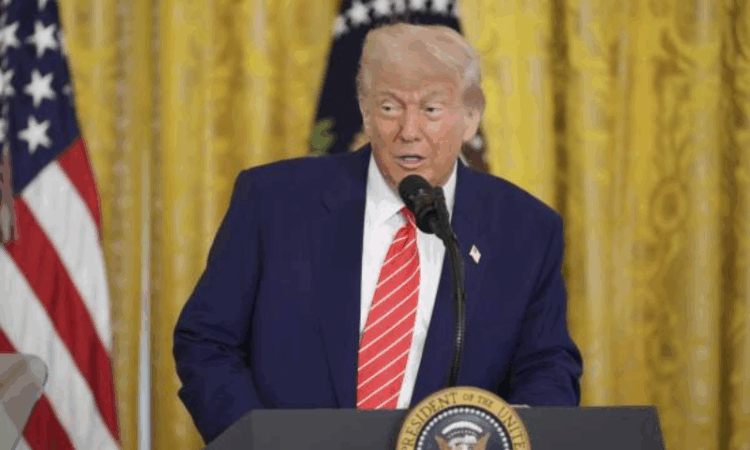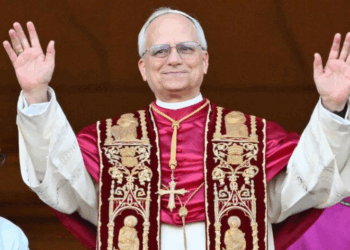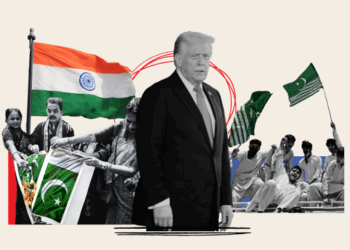Washington, May 9, 2025: In a potential shift in the ongoing U.S.–China trade war, President Donald Trump on Friday suggested he may cut tariffs on Chinese imports from 145% to 80% ahead of high-level trade talks set for this weekend in Switzerland.
The move comes as Trump faces growing pressure from U.S. businesses and consumers over inflation and supply chain disruptions caused by his steep tariff regime. The proposed reduction, while significant, would still leave U.S. tariffs on Chinese goods at historically high levels.
“80% Tariff on China seems right! Up to Scott B,” Trump posted on his social media platform, referencing Treasury Secretary Scott Bessent, who has been leading the administration’s economic strategy. Trump added, “WOULD BE SO GOOD FOR THEM!!! CLOSED MARKETS DON’T WORK ANYMORE!!!” in a message directed at Chinese leaders, urging them to open up their economy to American products.
Bessent and U.S. Trade Representative Jamieson Greer are scheduled to meet Chinese Vice Premier He Lifeng in Geneva, marking the most senior dialogue between the two countries since tariffs began escalating last month.
The face-to-face negotiations follow Trump’s April 2 declaration of “Liberation Day,” during which he imposed sweeping tariffs that pushed duties on Chinese goods to 145%. China responded with its own retaliatory tariffs of up to 125%, deepening the trade standoff.
Trump’s administration has claimed the tariffs are necessary to punish China over trade imbalances and to pressure Beijing to curb exports of fentanyl-related chemicals — a concern that has led to an additional 20% tariff on Chinese goods tied specifically to the narcotics issue. That particular surcharge is expected to remain untouched in this weekend’s discussions.
Balancing Political Messaging and Economic Reality
Although an 80% tariff would mark a rollback from the current peak, it remains higher than the 74% average rate imposed during the April 2 announcement. Analysts caution that even at this reduced level, the tariffs could continue to fuel price hikes and disrupt supply chains.
Trump’s remarks on Thursday from the Oval Office signaled a possible softening of his earlier hardline position. “We’re going to see,” he said. “Right now, you can’t get any higher. It’s at 145, so we know it’s coming down.”
Despite this rhetoric, there are lingering doubts about how Trump plans to balance competing goals: collecting massive tariff revenues to offset tax cuts while also pursuing expanded market access for American exports — a move that would require lowering trade barriers. His strategy has drawn criticism for lacking coherence and creating confusion among global trade partners.
“Trump is negotiating with himself in public,” one trade analyst noted. “He announces tariffs, revises them, backtracks, and then raises them again — all while promising stability and strength.”
The Chinese side, meanwhile, is expected to demand credible and enforceable commitments from the U.S., especially after months of unpredictable tariff moves and mixed messages from Washington.
This weekend’s meeting in Geneva will be a key test of whether both sides are willing to deescalate or whether the trade war is headed for deeper confrontation.







